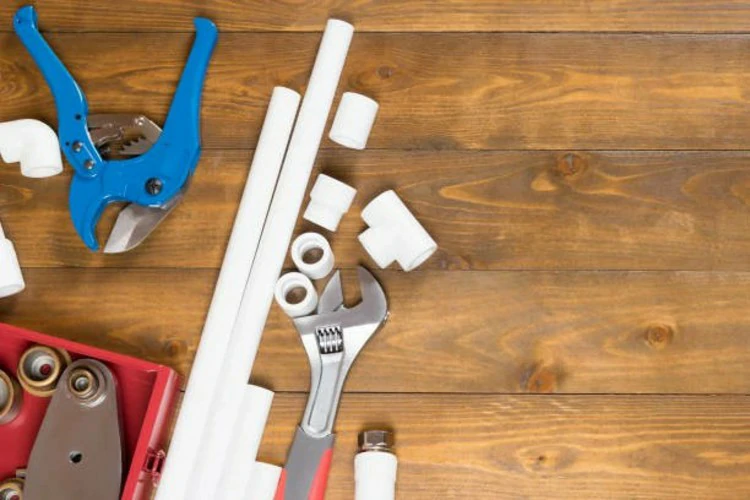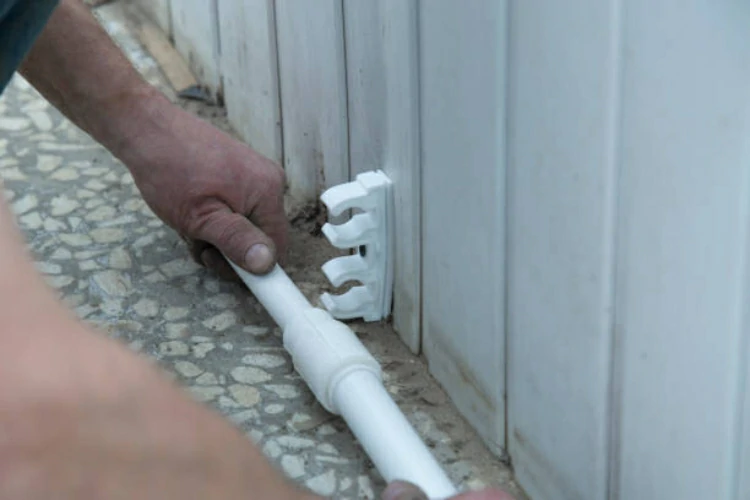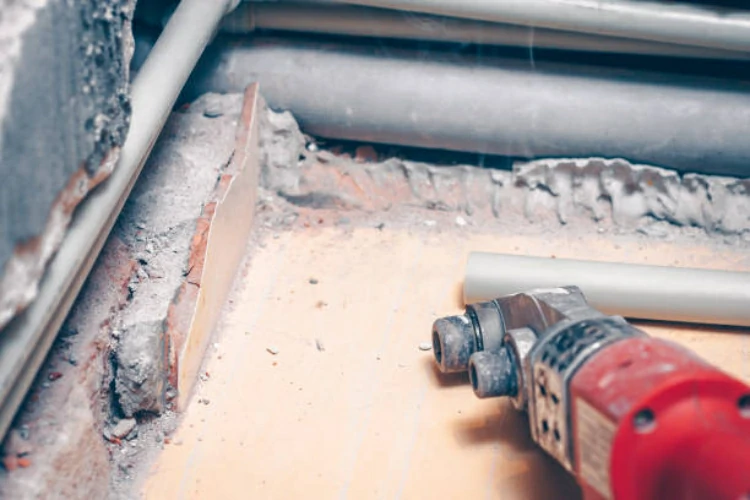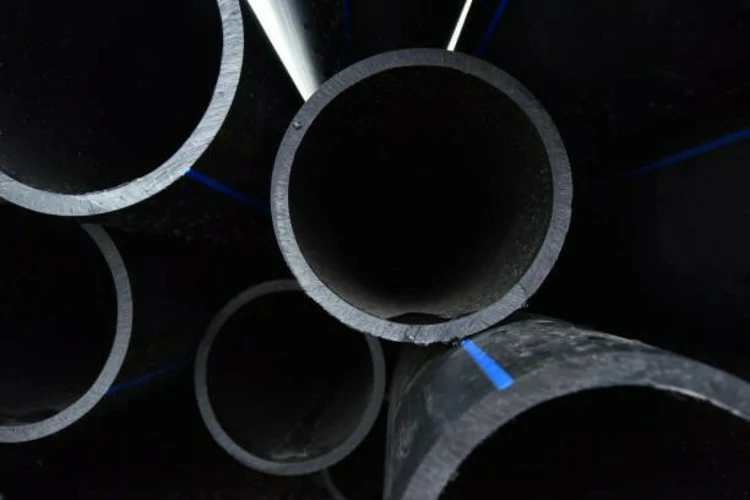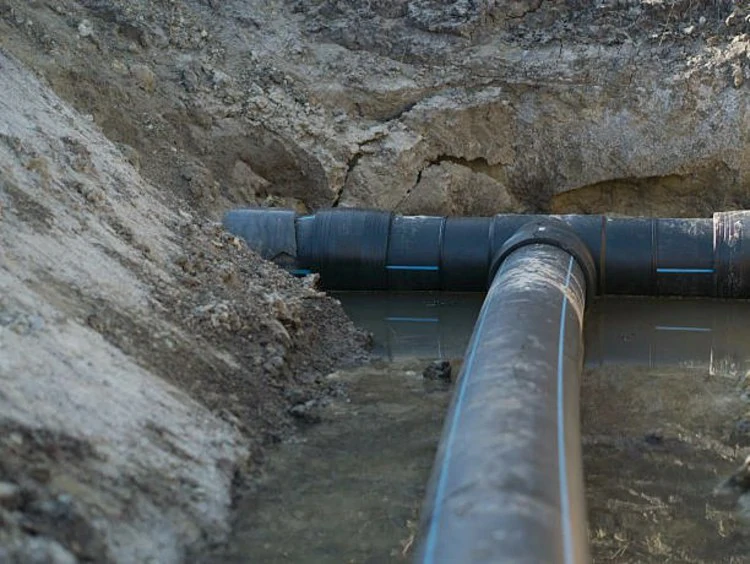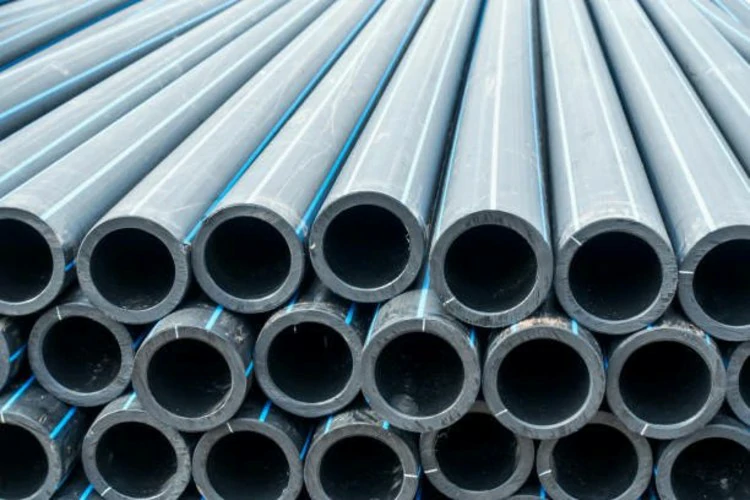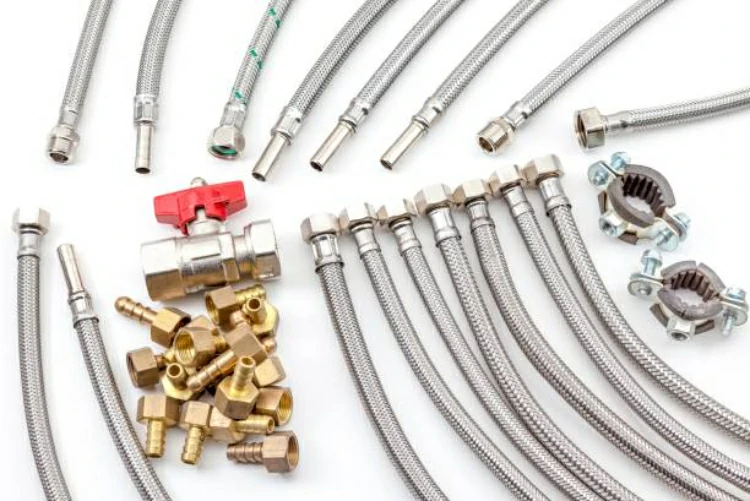Mastering the Installation of PPR Pipe Fittings: A Comprehensive Guide
Introduction: Proper installation of PPR pipe fittings is vital for efficient, reliable plumbing systems. This article delves into the methods and techniques for installing PPR fittings, from preparation to final inspection. Preparation and Planning: Assessing the Plumbing System: Before beginning the installation process, it’s essential to assess the layout and design of the plumbing system. […]
Mastering the Installation of PPR Pipe Fittings: A Comprehensive Guide Read More »

